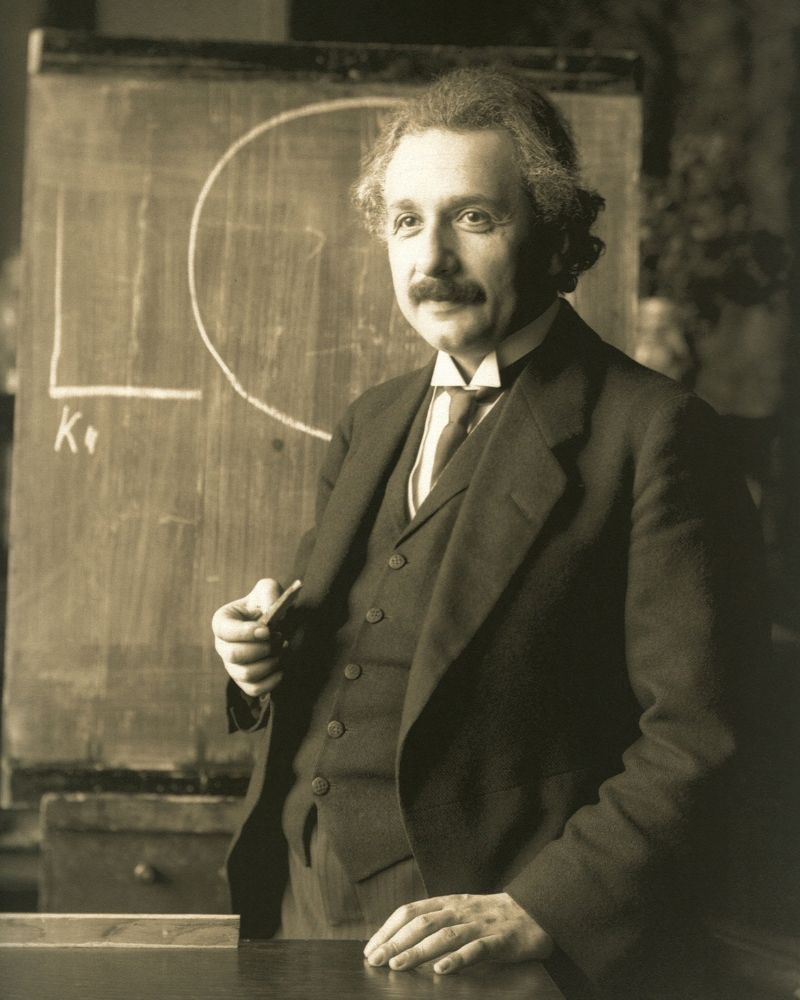Einstein and the Photoelectric Effect: The Breakthrough That Changed Physics

Albert Einstein is best known for his theory of relativity, but one of his most revolutionary contributions to science was explaining the photoelectric effect. This discovery not only helped shape modern physics but also led to the development of technologies like solar panels, digital cameras, and optical sensors. In fact, it was for his work on the photoelectric effect—not relativity—that Einstein won the Nobel Prize in Physics in 1921.
What is the Photoelectric Effect?
The photoelectric effect refers to the emission of electrons from a metal surface when exposed to light. Scientists had observed this phenomenon before Einstein, but they could not explain why certain light frequencies caused electron emission while others did not. Classical physics predicted that increasing the intensity of light should increase the energy of emitted electrons, but experiments showed this was not the case.
Einstein’s Revolutionary Explanation
In 1905, Einstein proposed a radical new idea: light is made up of tiny packets of energy called quanta (later called photons). He suggested that:
- Light behaves like both a wave and a particle.
- Each photon carries energy proportional to its frequency (E = hf, where h is Planck’s constant and f is the frequency).
- When a photon hits a metal surface, its energy is transferred to an electron.
- If the photon’s energy is greater than the work function (the minimum energy needed to free an electron from the metal), the electron is ejected.
- Increasing light intensity only increases the number of emitted electrons, not their energy. Only higher-frequency light (like ultraviolet) can increase electron energy.
This explanation overturned classical physics and laid the foundation for quantum mechanics, a new field that describes the behavior of particles at the atomic and subatomic levels.
Impact of the Photoelectric Effect
Einstein’s work had profound implications for both science and technology:
1. Birth of Quantum Mechanics
His discovery supported Max Planck’s quantum theory and led to the development of quantum mechanics, which describes the strange and counterintuitive behaviors of particles at microscopic scales.
2. Nobel Prize in Physics (1921)
While Einstein is most famous for his theories of relativity, the photoelectric effect was the reason he won the Nobel Prize. His work provided concrete experimental evidence that light behaves as a particle under certain conditions, a breakthrough in physics.
3. Development of Modern Technology
The principles of the photoelectric effect are used in many modern applications, including:
- Solar panels (convert sunlight into electricity)
- Photodiodes and sensors (used in cameras, automatic doors, and remote controls)
- X-ray and UV detectors (used in medical imaging and astronomy)
Einstein’s Lasting Legacy
Einstein’s explanation of the photoelectric effect was a turning point in physics, challenging old ideas and paving the way for modern quantum theory. His work not only deepened our understanding of light and matter but also led to technologies that power our daily lives.
The photoelectric effect is a perfect example of how a simple question—why do metals emit electrons when exposed to light?—led to groundbreaking discoveries that reshaped science and technology forever.